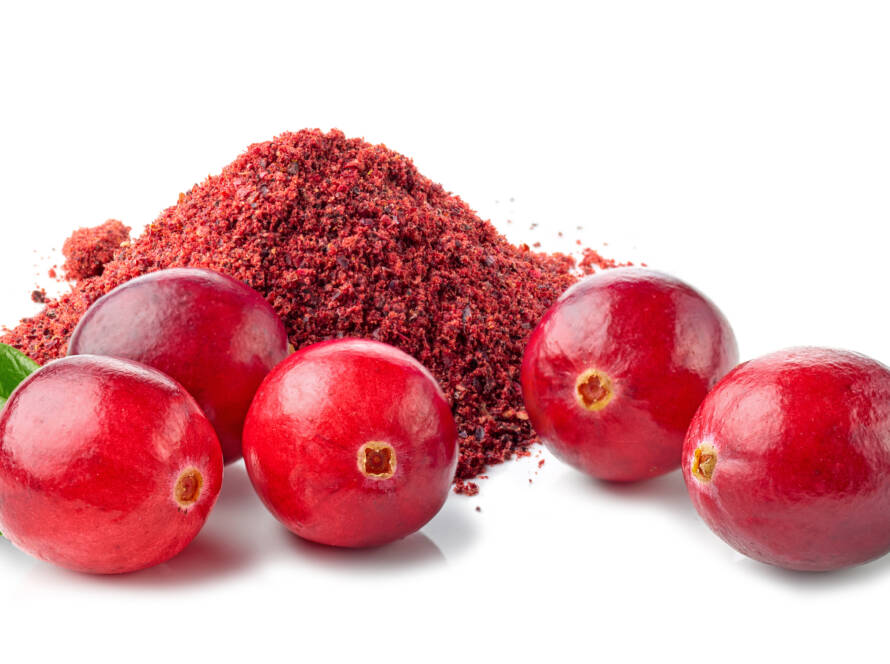Coleus Forskohlii
Introduction
This fact sheet provides basic information about Coleus forskohlii, a perennial member of the mint family (Lamiaceae) that was first discovered in the lower elevations of India. It is now cultivated worldwide as an ornamental plant, with its root utilized for various medicinal purposes. Ancient Sanskrit texts document its use as a medical herb for treating heart and lung diseases, intestinal spasms, insomnia, and convulsions.
Common Names
- Pashanabhedi
- Makandi
- Colforsin
- HL-362
Latin Name
Coleus forskohlii
Uses
Forskolin, a chemical derived from the coleus herb, has several therapeutic applications:
- It dilates blood vessels, leading to decreased blood pressure.
- It increases the contractility of the heart.
- It inhibits platelet aggregation.
- It relaxes contracted airways in asthma patients.
Due to its multiple mechanisms of action, forskolin should be used with caution.
Mechanism of Action
Forskolin activates the enzyme adenylate cyclase, which initiates critical cellular processes throughout the body. This activation is responsible for various hormonal processes, including:
- Blood vessel dilation
- Inhibition of allergic reactions
- Potential increase in thyroid hormone secretion
- Inhibition of the pro-inflammatory substance platelet-activating factor (PAF)
- Inhibition of cancer cell spread
Scientific Evidence
- Research indicates limited information regarding the toxicology of forskolin.
- Its smooth muscle relaxant properties have led to investigations for asthma treatment.
- In human heart tissues, forskolin activates adenylate cyclase and exhibits strong positive inotropic effects, synergistic with isoproterenol.
Side Effects and Cautions
- Avoid using forskolin with anticoagulants, antihypertensives, and vasodilators due to potential additive effects.
- Caution is advised for individuals with ulcers, as it may stimulate gastric acid, and for those with diabetes, due to stimulation of lipid release and gluconeogenesis.


